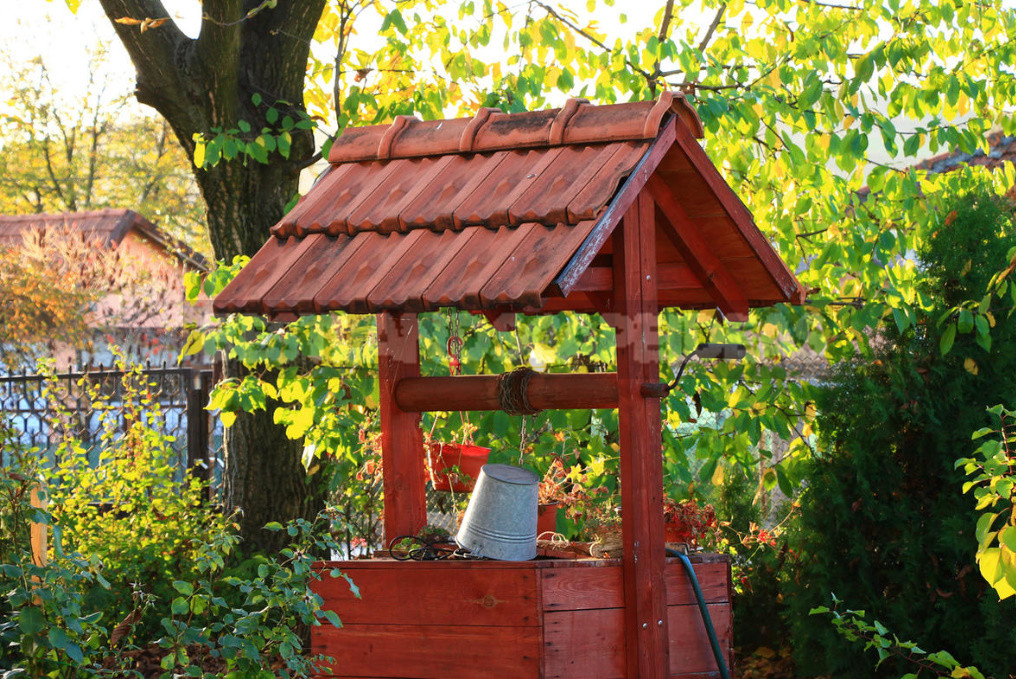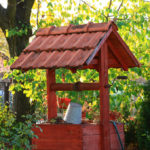A place for the well
Another important factor in the construction of the well is its location. In the old days, the choice of a place for a well was approached very seriously. This is understandable: the well was built one for the whole village. Therefore place — it is very responsible. By the way, it happened that in the center of the village was built a well for drinking, and on the outskirts — for technical needs: wash, wash and other things.
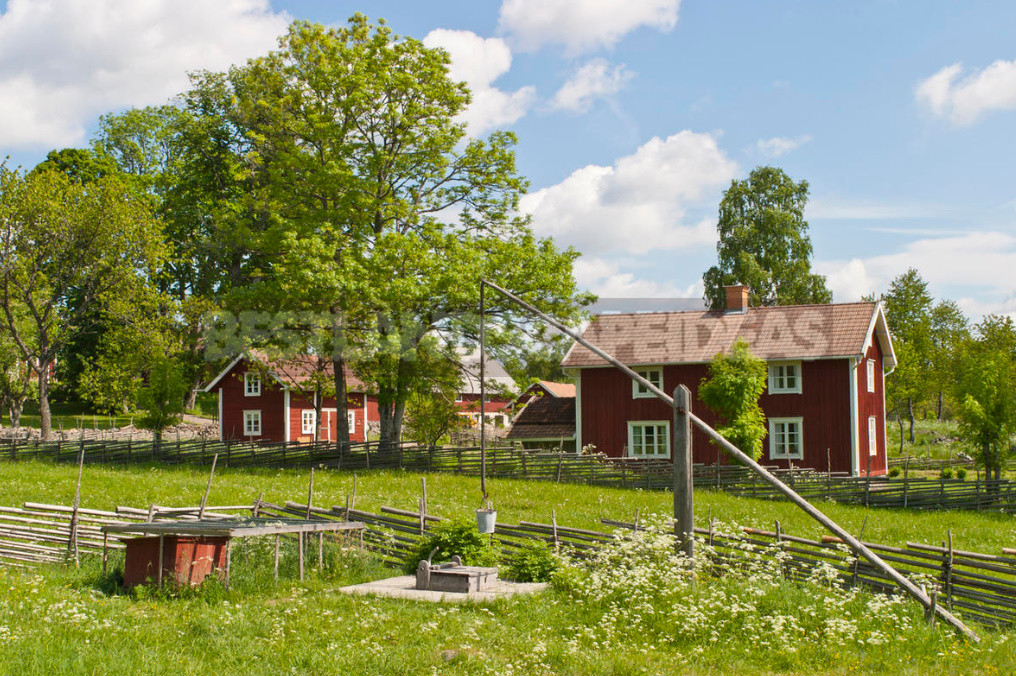
And how did you choose a place for a well? Surely everyone has heard of dowsers — people who used the twigs (the vine) to search for a source of water underground. You can treat them in different ways: someone talks about deception, someone really believes that freshly cut branches feel the water. Most likely, it is a matter of great experience of those who used to build wells. Occupation that was hereditary, there was a whole dynasty, who carefully guarded all its secrets and technology.
It is thanks to the knowledge and experience they could determine the best place for the well by the external signs of the area. And because the wells were: the water in them was clean, tasty, and it’s all missing. Therefore, today the dowsing — rather just a tradition, a tribute to the past — that a person walked through the site and pointed out the place.

Modern life dictates other conditions. First, we have at our disposal not the whole village, but only 6-10-30 acres of land. So, choice is already limited. Secondly, often on the site already have some buildings and structures or a plan for future construction. Third, the well must comply with sanitary standards. Finally, it can not be built so that then suffer with the supply of water or access to maintenance.
It is necessary to take into account the location of wells in neighboring areas: if they are approximately on the same line and there are no special problems with them, you can dig at the same level. Once I saw an article on the Internet: a man decided to dig where he really wanted, dug 32 rings, and there was no water. Frustrated, he began to dig on the line the neighbor’s wells and approximately 12 m, the water came!
I would not recommend to have a well in the lowest and highest points of the site: in the first case, there will be going to the whole upper water from the neighborhood, in the second — will have to dig deeper, which will increase the cost of the well.
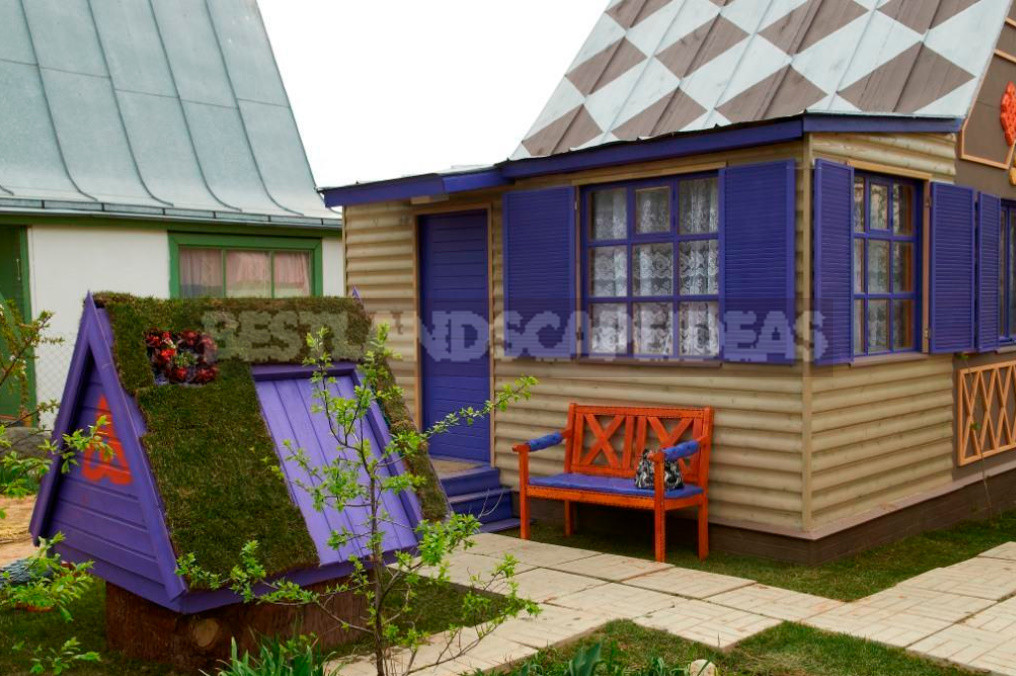
Taking into account the above and the current conditions of country life, I would highlight such conditions when choosing a place for a well:
- it should be away from sources (including neighboring) of pollution: Parking, compost heap, country toilet (if available);
- the well should be placed so that it is easy to maintain;
- if possible, it should be close (but not closer than 5 m) from the house, so that you can later hold in the house water.
If desired, the well can become a worthy element of landscape design. I guess this can end the discussion about the choice of location for the well.
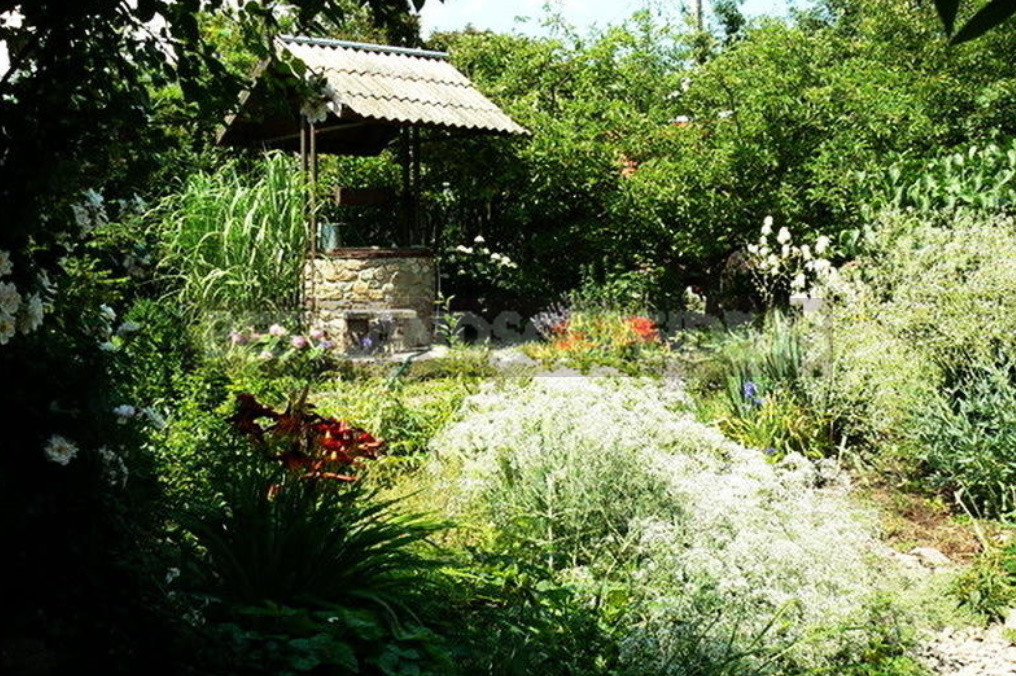
The depth of the well
Now let’s talk about whether it is possible to order the depth of the well and the amount of water in it. Let’s remember the theory: in the thickness of the earth rocks, including aquifers, lie layers. But they lie unevenly and not quite parallel to the surface of the earth. Also, in different regions, the depth and capacity of aquifers is significantly different.
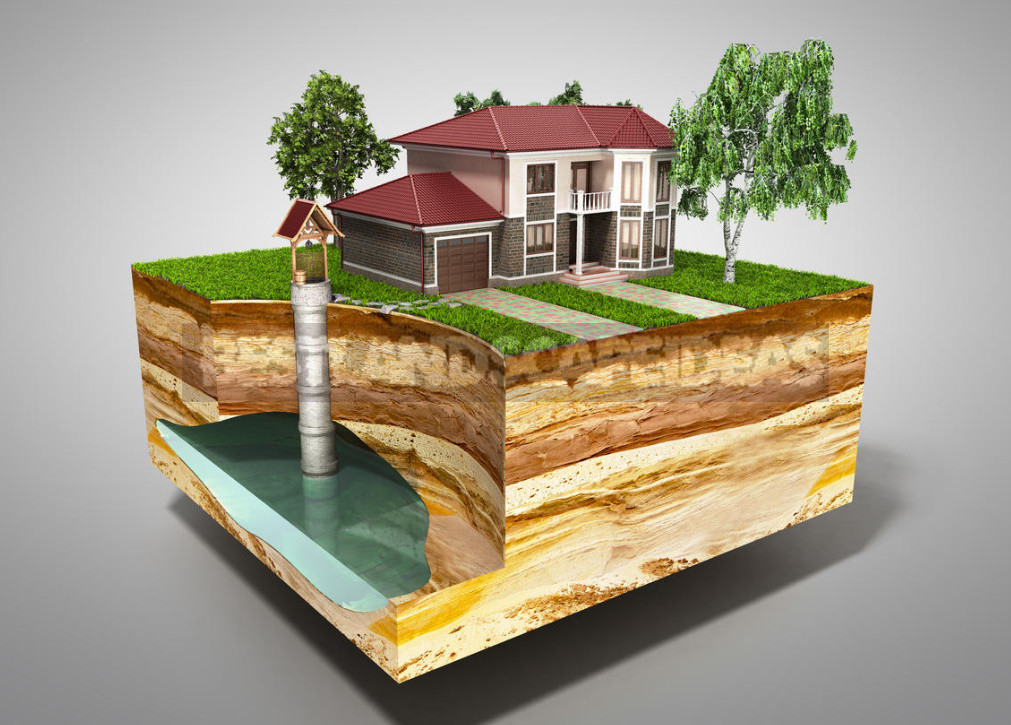
From personal experience I can say that in the neighboring areas and villages wells were completely different: somewhere dug in the sand, somewhere in the clay; the water can be excellent and at a depth of 3 m (for example, hit the spring), and 20. That is, you will not be able to order the depth of the well, it is determined exclusively by the hydrological conditions of your area (remember the local teams — they know the conditions of your area and this is another plus in their favor). If a neighbour has a well depth of 7 rings, and your site higher on the hillside, it can be assumed that the depth of the well will be 2-3 more rings. Closer to the river, the aquifer is more likely to be closer to the surface than in the middle of the field.
Now a few words about the quantity and quality of water. As you probably already guess, you will not be able to order them either. This is the reality that already exists in your area. In addition, sometimes the water even in neighboring wells may vary. For example, near my well there are a few more at a distance of no more than 30 m. They are, in principle, similar, but at the bottom of one — a powerful aquifer and a huge amount of water, at the bottom of another — also a sandy layer (but not so powerful) and water with a taste of hydrogen sulfide (similar to getting to the ancient organic deposits), in the third — the influx is quite small, through the two lower seams. So try to enjoy the water!
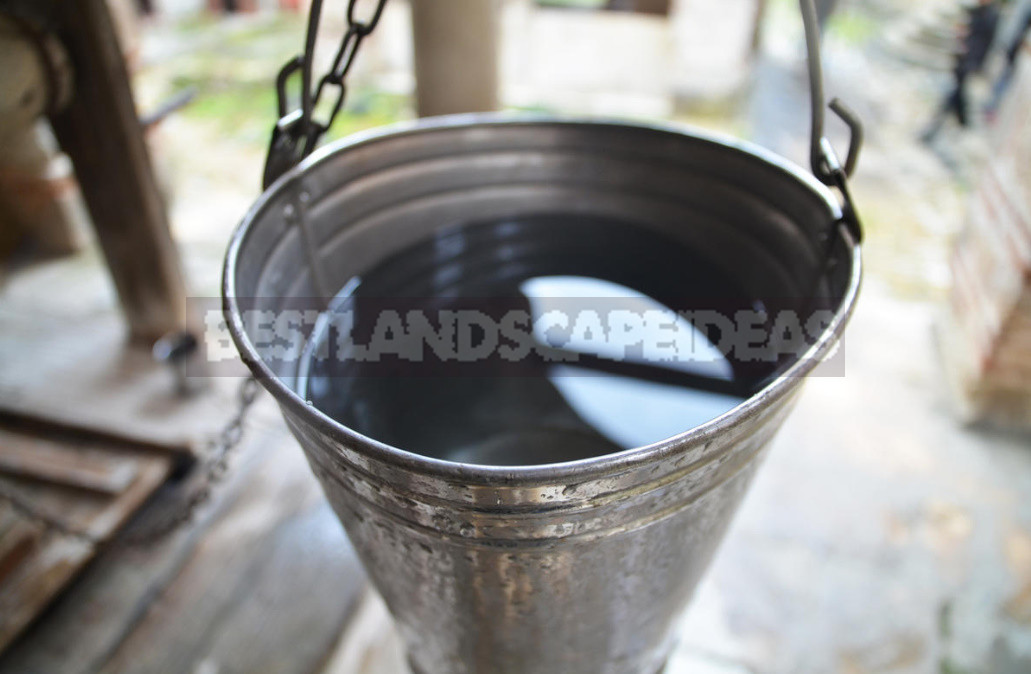
But the point here is not to get a lot of water at once. And is to turn dug into the ground rings of semi-finished products in a full product, properly functioning and does not create problems to its owner (except to clean it). After all, you see, no one wants to start every spring with the search for another team to do something with your well. I do not want to be before visiting the bath without water.
Good, I would even say the ideal well — no matter how many rings in it and what column of water — this is a well, the quality and quantity of water that meets your needs. But how is it possible to make the well perfect and how to prevent possible problems, I will tell another time.
And you have a lot of information to ponder, surely questions will arise. Ask, do not hesitate — you have to be clear and clearly aware of what you are doing and why. Only then can we hope that the well will serve you faithfully for many years.
